When I lived in Brooklyn in the early 1990s, I wouldn’t have gone hunting. For one thing, I found the idea of killing animals reprehensible.
For another, I would have attracted police attention if I’d hiked over to Prospect Park toting a squirrel rifle. Not that firearms were taboo in the neighborhood where I had an apartment. I suspect that Tony, Paulie, and Vito were all packing heat. But I digress.
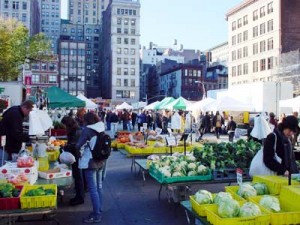
In response to my post of January 1st, John raised the question of how city-dwellers can sidestep factory farming and get meat from animals who have lived well, been killed humanely, and had minimal ecological impact. I’m no expert on this, so I hope you’ll help me answer John’s question by adding your thoughts below.
One way is to hunt, only taking shots you feel sure will kill mercifully. Nearly half of American hunters live in urban areas. (They just can’t walk out the front door with rifle or shotgun and head over to the city park.) You may have seen the recent New York Times story about novice urbanite predators taking classes in hunting from folks like Virginian Jack Landers and forming clubs like the San Francisco-based Bull Moose Hunting Society.
Honestly, though, for most of us hunting isn’t a terribly efficient way to get meat. Besides, not every American meat-eater wants to hunt. And it’s a good thing. On average, Americans consume an astonishing 200-plus pounds of meat per year. There are more than 300 million of us. That comes out to 60-plus billion pounds of meat annually. (We could stand to cut this number dramatically, for many reasons. But that’s another topic.)
Our most common big-game animal, the white-tailed deer, numbers 25 million or so. Roughly, that’s what, 1 or 2 billion pounds of venison? Maybe 5 pounds per American? Whitetails would disappear in a hurry if everyone hunted them. Wildlife managers would have to implement dramatic season and license restrictions to protect deer from being pushed to the brink of extinction, as they were by market hunters in the late 1800s.
Another approach, at least as adventurous, is to raise your own animals. More and more city and suburb dwellers are setting up chicken coops in their backyards. For a great account of one such endeavor—one that takes things farther than most folks are apt to—check out Novella Carpenter’s book Farm City. Right now, she’s co-writing a how-to manual. But urban farming isn’t for everyone either.
For those who prefer simply to buy their meat, there are plenty of ways to “redefine the hunt,” as John put it. It shouldn’t take too much hard-core scouting and tracking. Some grocery stores and many food co-ops carry local, sustainably and humanely raised meats. And farmer’s markets are great places to buy direct from people who raise animals. If I lived in the Big Apple today, I’d probably still frequent the market in Union Square, but now I’d buy chicken along with my veggies.
You can also contact nearby farms directly. Many will sell you meat by the piece or pound, or by the “package” or “share” as part of a Community Supported Agriculture (CSA) model. Ask around or check out options through networks like Local Harvest and EatWild.
Come to think of it, these are the same basic options we have in rural areas. They’re also the same options we have for obtaining sustainably-grown vegetables: stalk them in the wild (inefficient for most of us, but rewarding in other ways), grow them ourselves, or buy them from stores and farms.
Do you have other ideas or resources to suggest?
Whatever we eat—meat or veggie—let’s enjoy and celebrate it. Knowing what’s going on in Haiti right now reminds me that it’s a privilege simply to have enough food on our plates and enough time to think about different ways of putting it there.
Oh, and for a laugh, if you haven’t seen The Meatrix, you gotta check it out.
© 2010 Tovar Cerulli

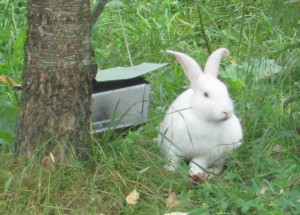 decided not to come that day.
decided not to come that day.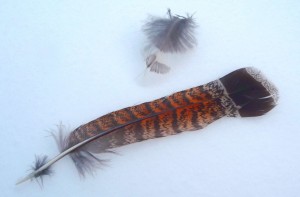
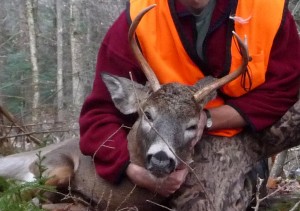 “I don’t mind,” he said and nodded toward his wife, to whom he was about to pass the serving bowl. She did mind.
“I don’t mind,” he said and nodded toward his wife, to whom he was about to pass the serving bowl. She did mind.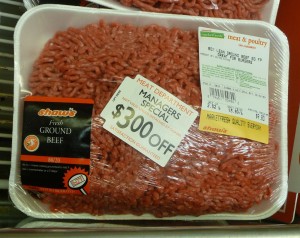 But here’s the thing. I know other people—some of them near-vegetarians—who won’t eat any meat except wild game. Or who will only eat meat—wild or domestic—if they know how the animal lived and died.
But here’s the thing. I know other people—some of them near-vegetarians—who won’t eat any meat except wild game. Or who will only eat meat—wild or domestic—if they know how the animal lived and died.